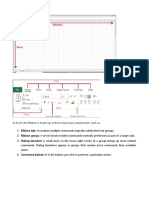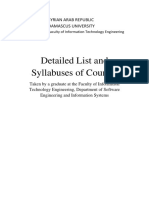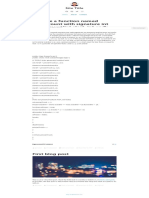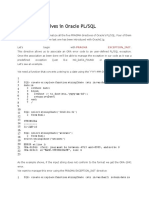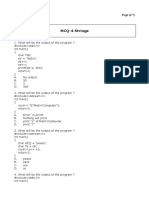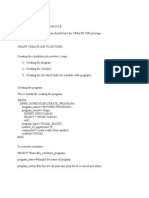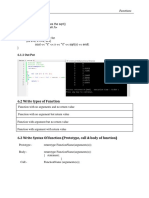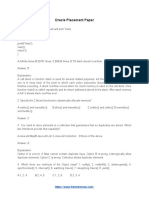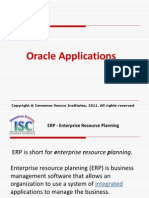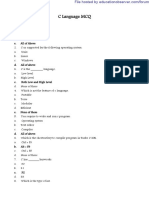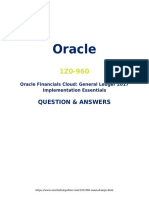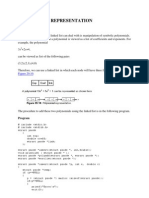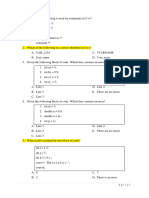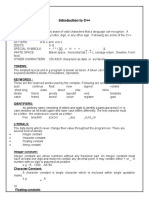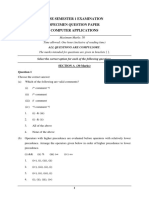0% found this document useful (0 votes)
102 views4 pagesStructured Programming Exam Full
The document is an exam for a Structured Programming course (CS101) consisting of 40 multiple-choice questions related to C++ programming concepts. Topics covered include data types, operators, control structures, and syntax rules. The exam is designed to assess students' understanding of fundamental programming principles in C++.
Uploaded by
masrymo271Copyright
© © All Rights Reserved
We take content rights seriously. If you suspect this is your content, claim it here.
Available Formats
Download as PDF, TXT or read online on Scribd
0% found this document useful (0 votes)
102 views4 pagesStructured Programming Exam Full
The document is an exam for a Structured Programming course (CS101) consisting of 40 multiple-choice questions related to C++ programming concepts. Topics covered include data types, operators, control structures, and syntax rules. The exam is designed to assess students' understanding of fundamental programming principles in C++.
Uploaded by
masrymo271Copyright
© © All Rights Reserved
We take content rights seriously. If you suspect this is your content, claim it here.
Available Formats
Download as PDF, TXT or read online on Scribd
/ 4



